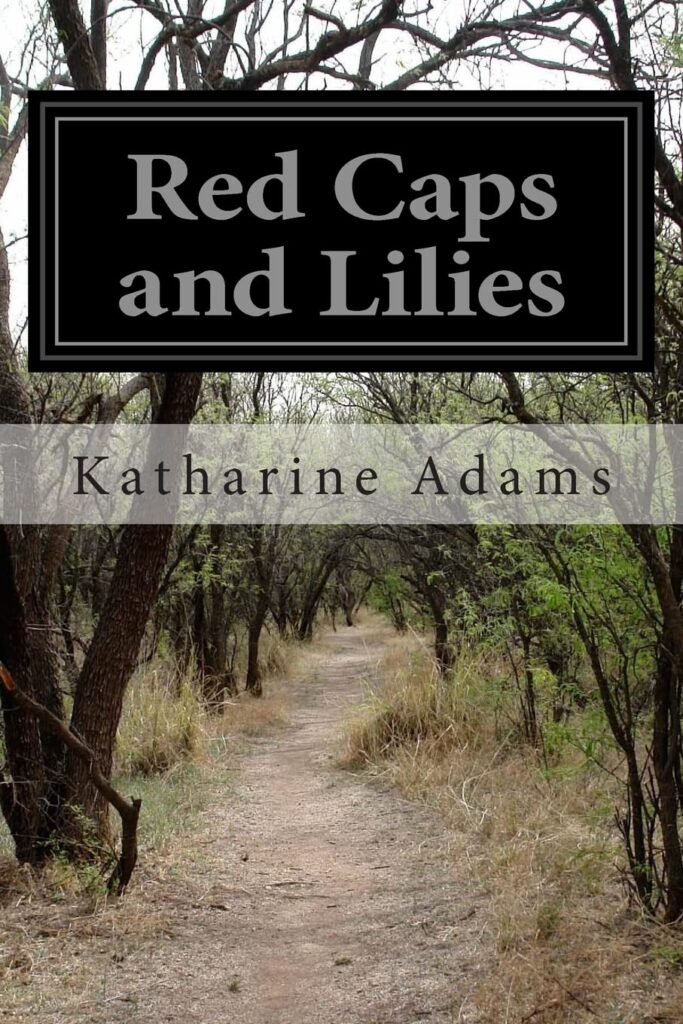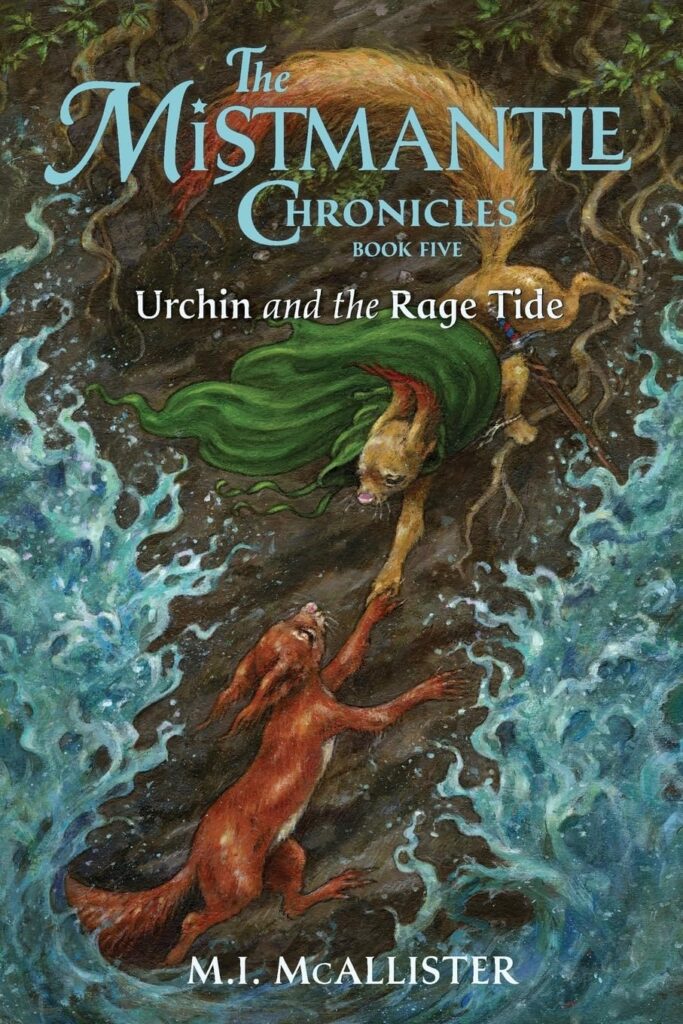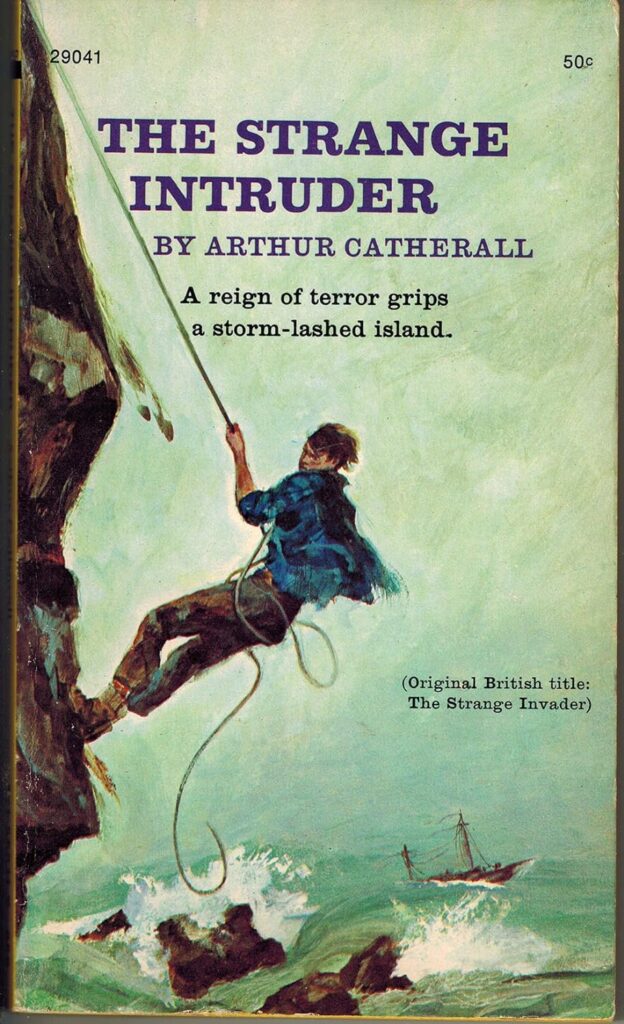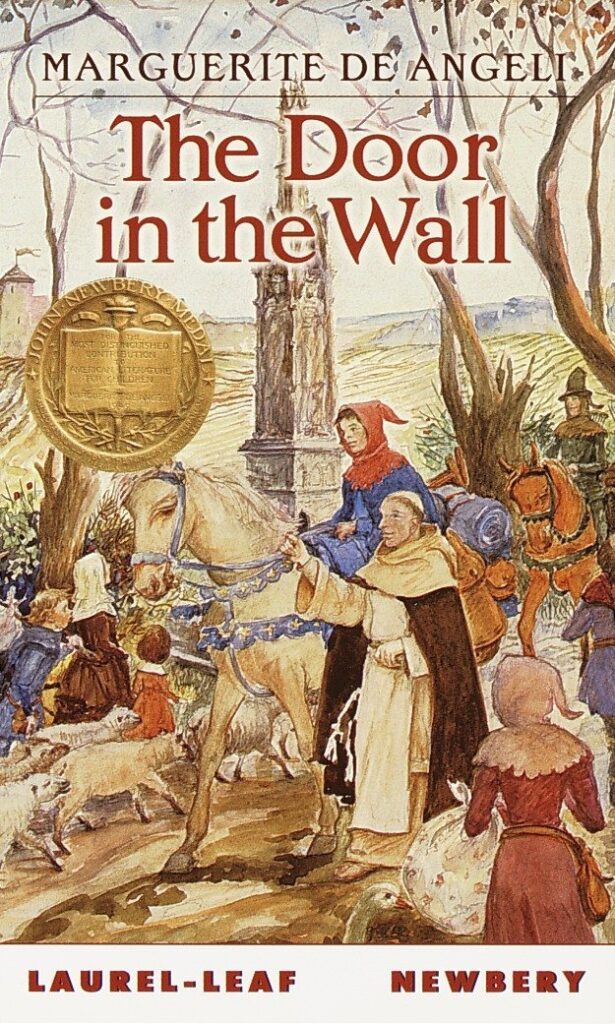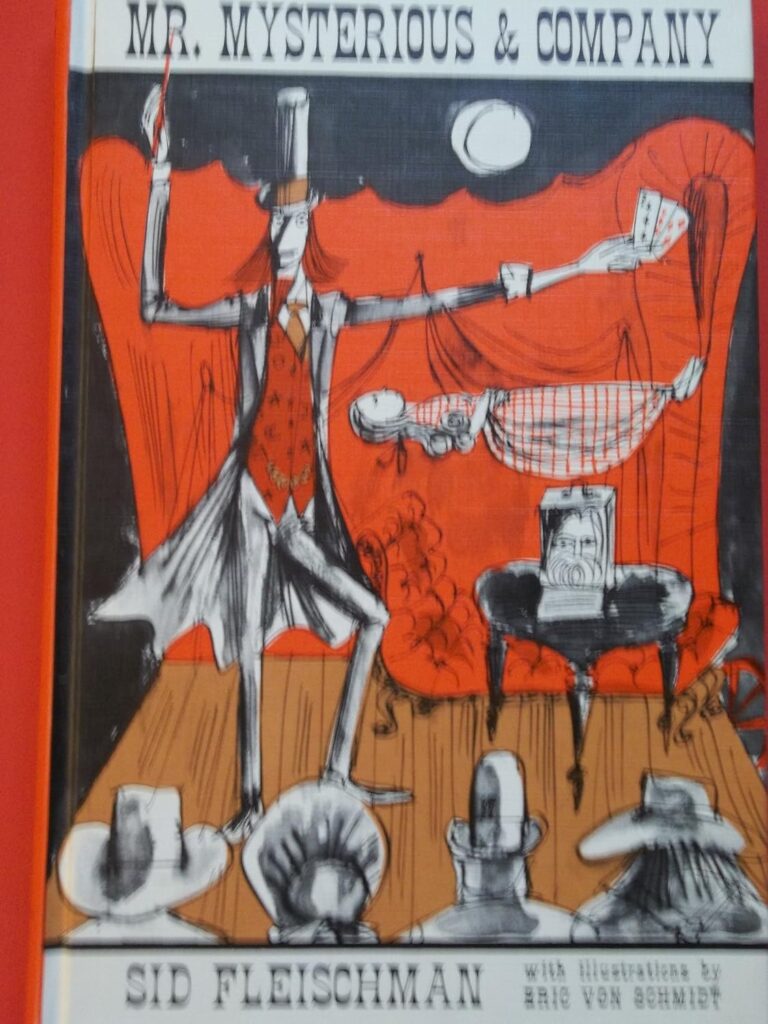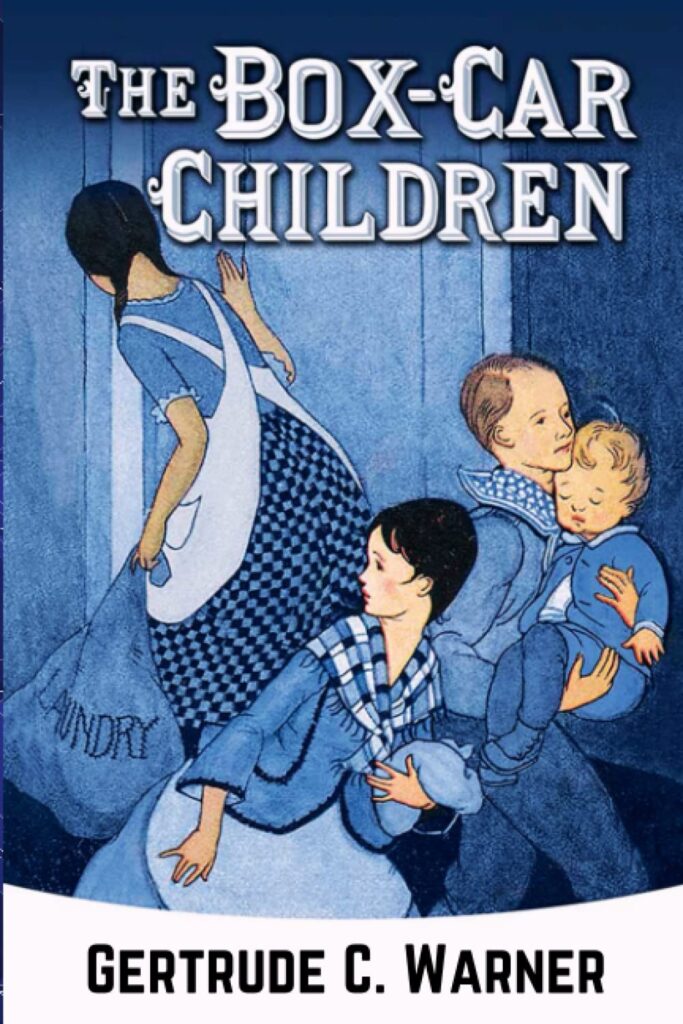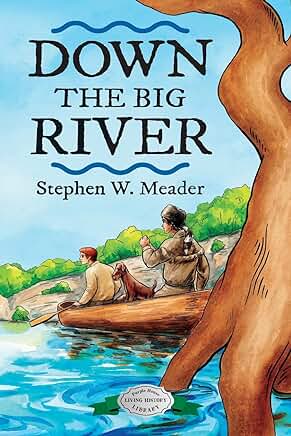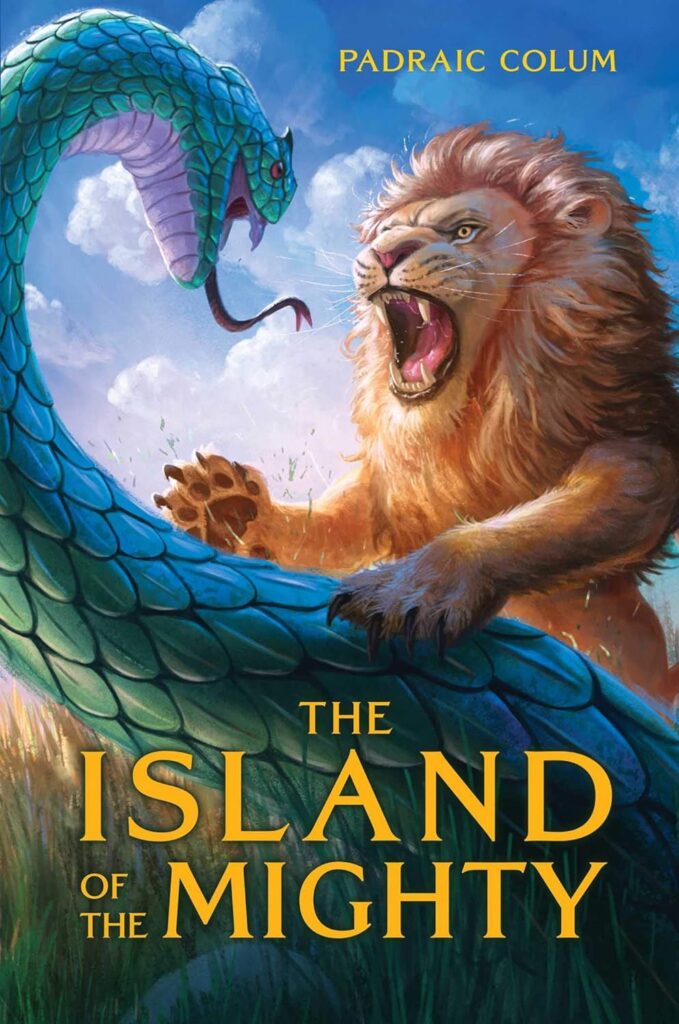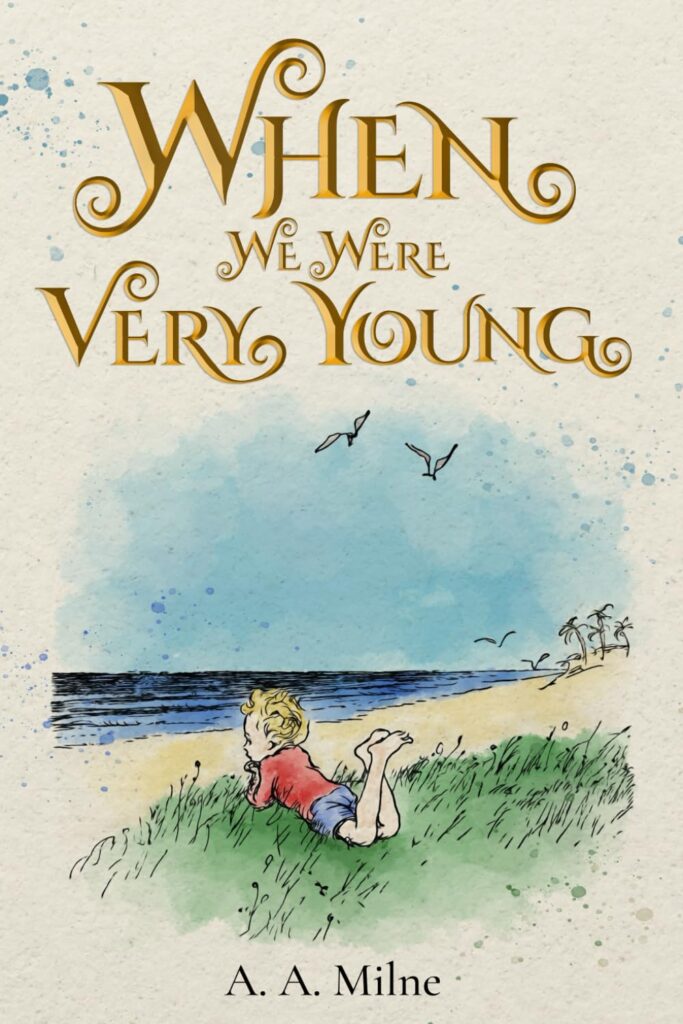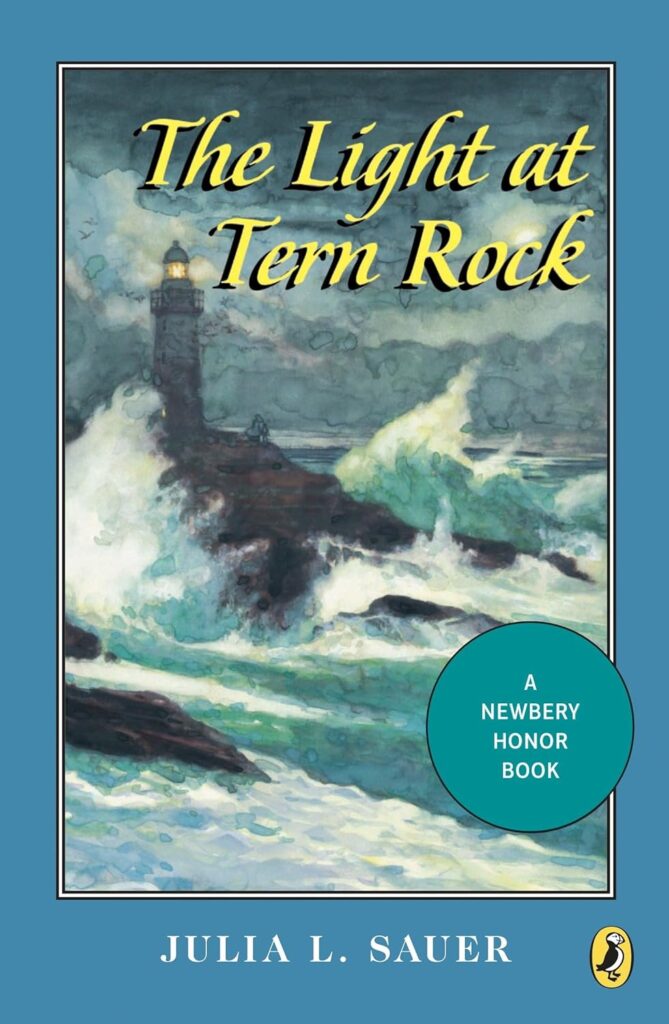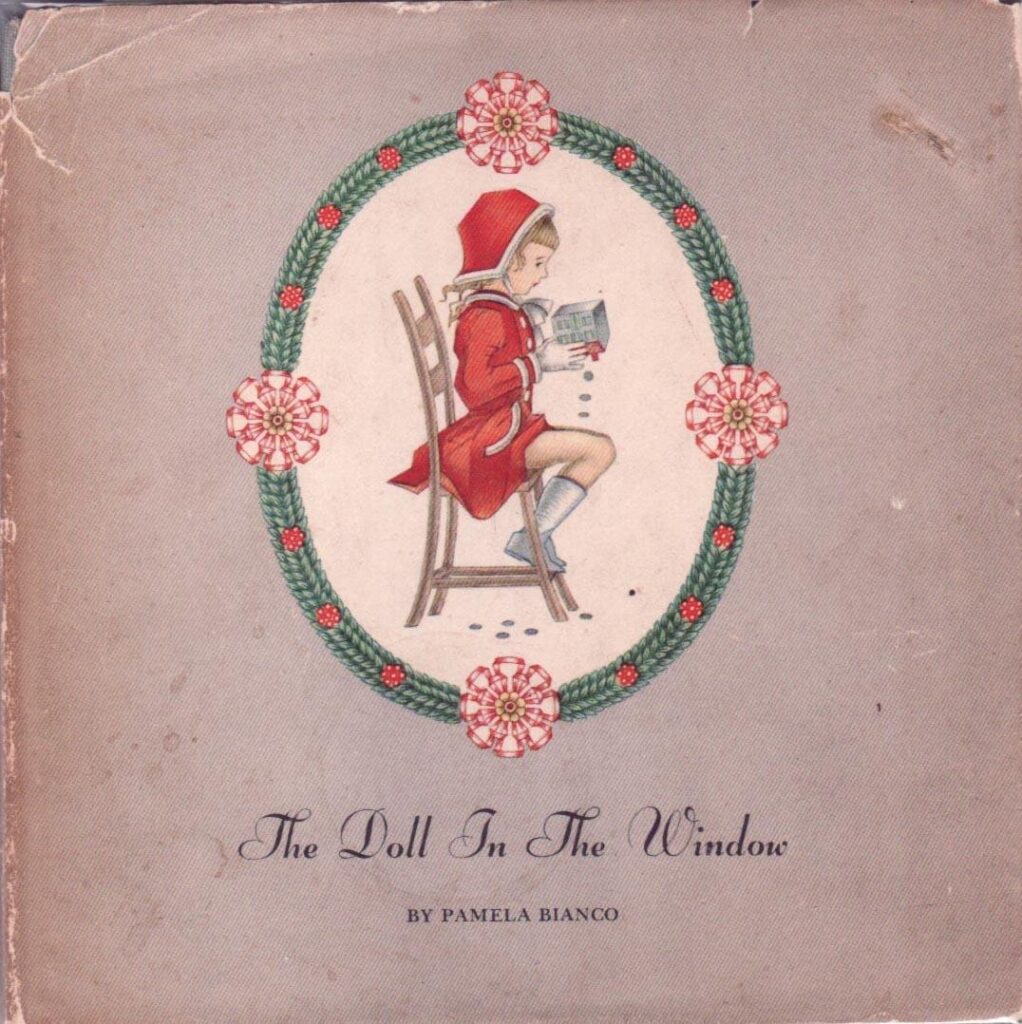I’m working with some friends and fellow librarians on a project that involves looking back 100 years ago to the children’s literature published in 1924. We’re looking for the best children’s books of 1924. Have you read any of the following books, all first published in 1924, and if so, what did you think of them? (Links are to reviews here at Semicolon or elsewhere or to Biblioguides for more information.)
The Box-car Children by Gertrude Chandler Warner.
The Boy Whaleman by George Fox Tucker.
A Boy at Gettysburg by Elsie Singmaster.
Boys and Girls of Pioneer Days: From Washington to Lincoln by Carolyn Sherwin Bailey. Stories for the time period indicated, some true, some fictional, some good, some not so good. It’s an uneven collection.
Boys Games Among the North American Indians by Edith Stowe. “A fun book for boys to learn the history and how to play Native American games from different tribes. It is cool, but would take some guidance from an adult to help a child explore it.” (~T. Shown)
Children of the Lighthouse by Nora Archibald Smith.
A Child’s History of the World by V.M. Hillyer. Possible history spine, recommended in some homeschool curricula.
The Colonial Twins of Virginia by Lucy Fitch Perkins.
Dr. Doolittle’s Circus by Hugh Lofting.
Down the Big River by Stephen Meader. Reviewed at Plumfield & Paideia.
The Dream Coach by Anne Parish. Newbery Honor.
Egyptian Tales of Magic by Eleanore Myers Jewett.
The Gift of Black Folk by W.E.B. Du Bois. Reprinted by Purple House Press. Possible history spine, but not really a book for children. Recommended for high school and adult readers.
A Girl of the Plains Country by Alice McGowan.
Girlhood Stories of Famous Women by Katherine Dunlap Cather.
Grampa in Oz by Ruth Plumley Thompson.
Hari, the Jungle Lad by Dhan Gopal Mukerji.
The Heart of a Dog by Albert Payson Terhune.
The Island of the Mighty: Being the Hero Stories of Celtic Britain by Padraic Colum.
Little Maid of Mohawk Valley by Alice Turner Curtis.
Little Princess Nina: The Story of a Russian Girl by Lydia Charskaya.
The New Moon: The Story of Dick Martin’s Courage, His Silver Sixpence, and His Friends in the New World by Cornelia Meigs.
Nicholas: A Manhattan Christmas Story by Anne Carroll Moore. Newbery Honor.
The Pearl Lagoon by Charles Nordhoff.
Persimmon Jim: The Possum by Joseph Lipppincott.
The Poppy Seed Cakes by Margery Clarke.
Powder-Patches and Patty by Emilie and Allen Knipe.
Red Caps and Lilies by Katharine Adams.
Round the Year in Pudding Lane by Sarah Addington. Reviewed at Semicolon by Jeannette Tulis.
Ruffs and Pompons by Beulah King.
The Silver Tarn by Katharine Adams. A Story Of Mehitable Webster, A Young New England Girl And Her Life In School In The Wilds Of Yorkshire In Great Britain.
The Sprite: The Story of a Red Fox by Ernest Harold Baynes.
The Story of the Elizabeths by Grace Humphrey. Ten short biographies of famous Elizabeths in history, including Elizabeth I, Elizabeth Barrett Browning, Elizabeth Cady Stanton, and others.
Tales from Silver Lands by Charles Finger. Newbery Award.
Taxis and Toadstools by Rachel Field. Reviewed by Jeannette Tulis. “This is a very charming collection of poems by one of my favorite children’s poets. In this collection, Rachel Field describes in these short lovely poems so many features of life in the city in days long gone by. Children who have read literature from the early 20th century classics will recognize some of the things being described but other children may not. There are also poetry selections on the sea, islands, animals, plants and fairyland, all very relatable to children anywhere. Many of the poems are accompanied by equally charming small black and white illustrations. There are even a few colored illustrations. Just pick a poem, any poem. With Rachel Field, you cannot go wrong!”
Theras and His Town by Caroline Snedeker.
The Thrings of the Dark Mountain by Morgan Taylor.
Thunder Boy by Olaf Baker.
Tony by Eliza Orne White.
The Trail Blazers: The Story of the Lewis and Clark Expedition by Mary Wade.
When We Were Very Young by A.A. Milne. Semicolon review.
If you’ve read any of these and can recommend or review them, please leave us a note in the comments section. If you know of other children’s books published in 1924 that we should consider, please also leave us a note. Many of these books can be borrowed and read on Internet Archive. We hope to announce our list of the best children’s books of 1924 sometime in March 2024.
